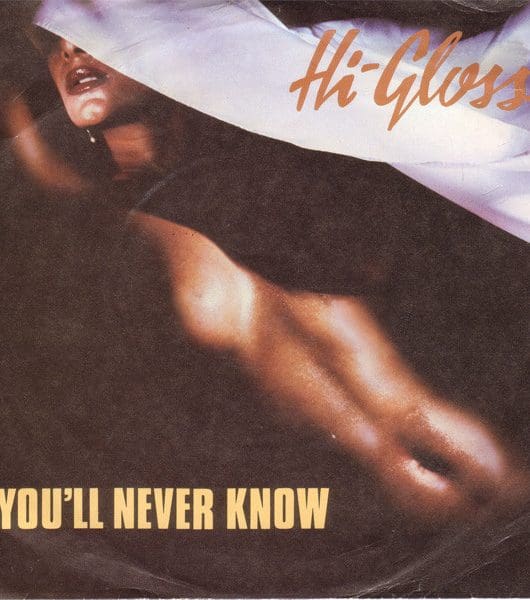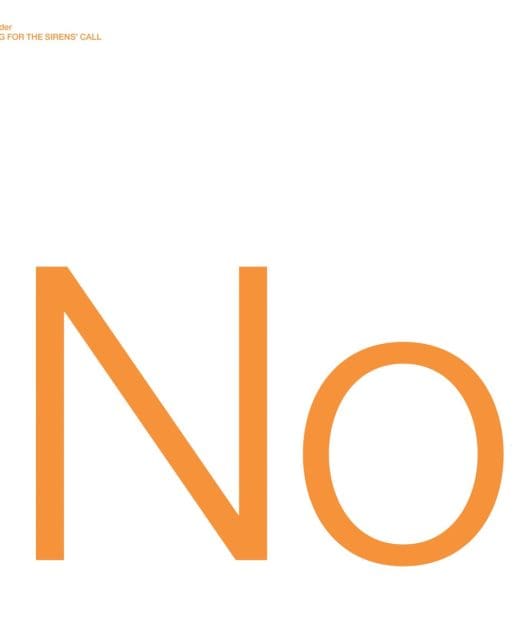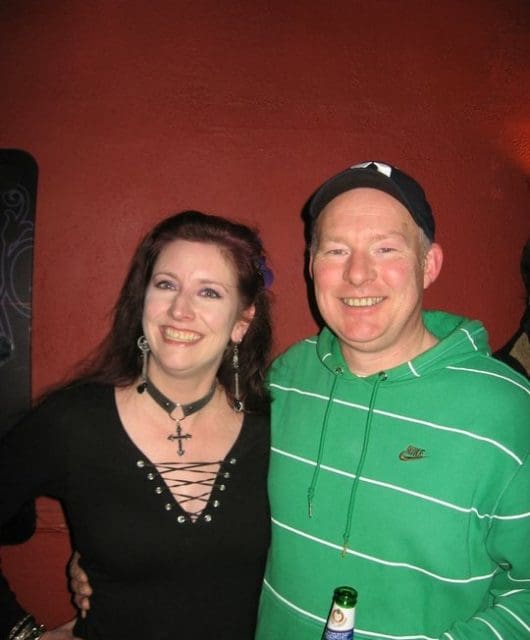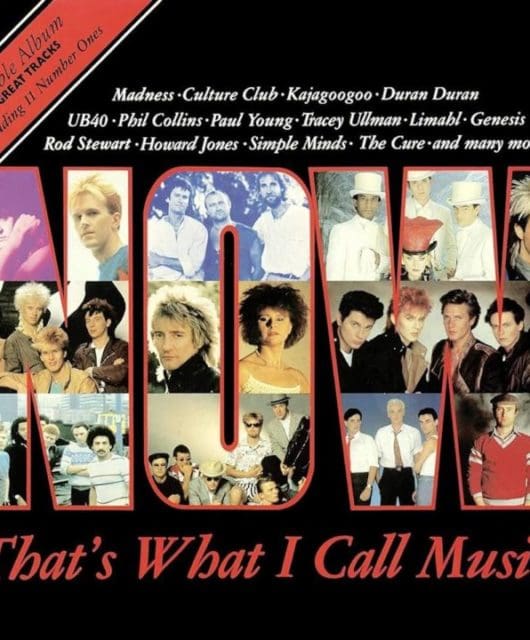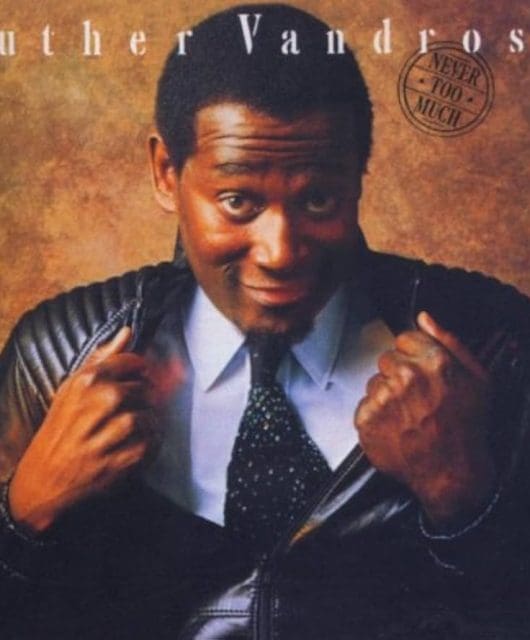The Lowdown – Gary Numan
By Classic Pop | December 29, 2022
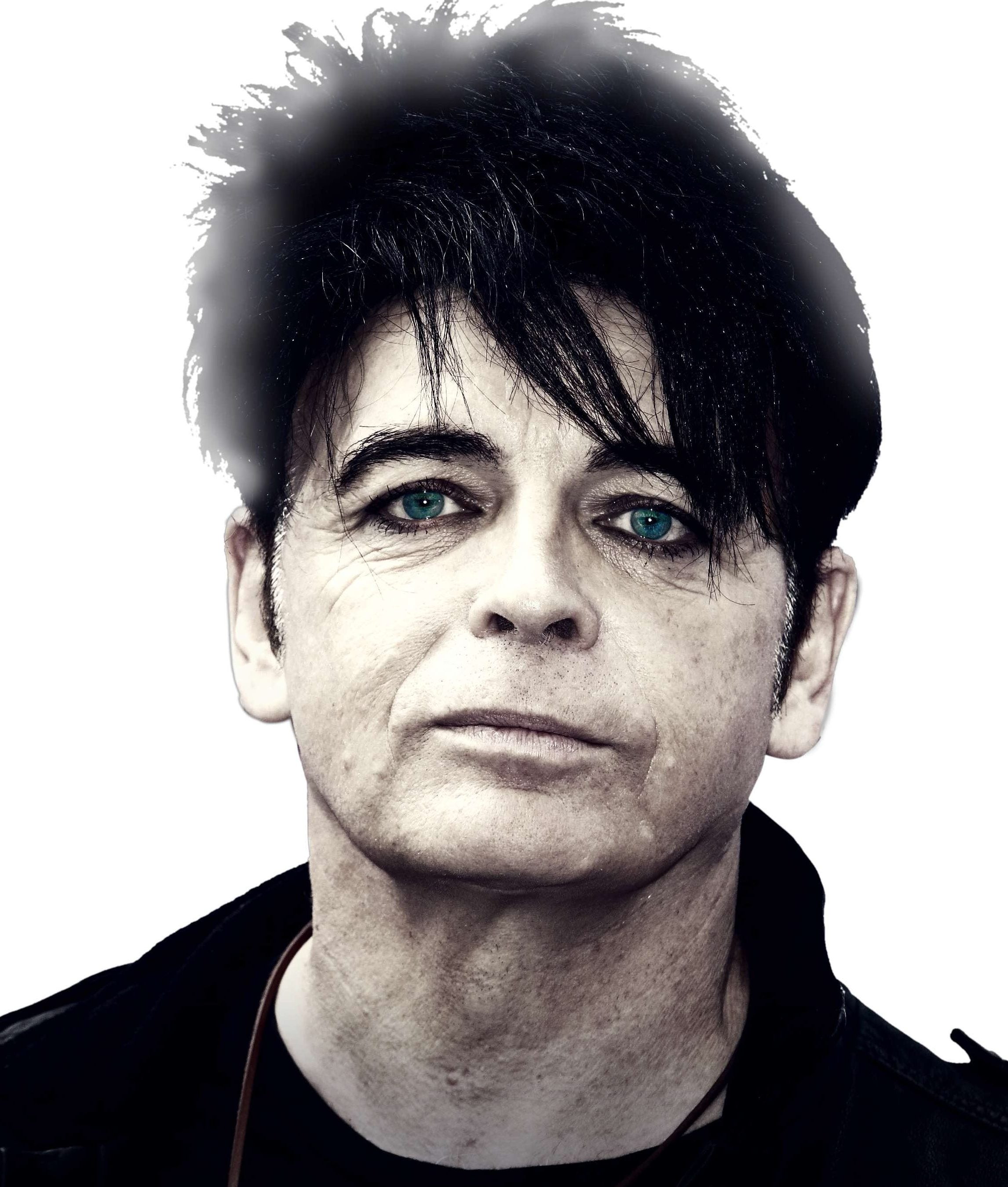
We take a look back on the career of electronic pop transformer Gary Numan, who emerged from the rubble of punk to become the humanoid voice of a dystopian future, revered and reviled in equal measure… By David Burke
When young Gary Webb formed Tubeway Army with uncle Jess Lidyard and friend Paul Gardiner, his pseudonym Valerian came from the sci-fi comic series Valérian and Laureline.
He later plumped for Gary Numan, the surname being a variation of Neumann, listed under plumbers in the Yellow Pages. From such prosaic origins a star was born.
Tubeway Army signed to Beggars Banquet and released an eponymously-titled debut album, before embracing new technology and recording Replicas using the latest synthesizer innovations. One company executive wasn’t impressed: “We squared off against each other,” Numan recalled to The Independent.
“I’m only little. I thought the guy was going to beat the shit out of me. Fortunately, the label boss stepped in and said: ‘Let’s go with it’. That decision changed all of our lives, for me and Beggars Banquet.”
Tubeway Army was really all about Numan, so it was no surprise when, after they scored a No.1 single with Are ‘Friends’ Electric? in 1979, he assumed a solo identity.
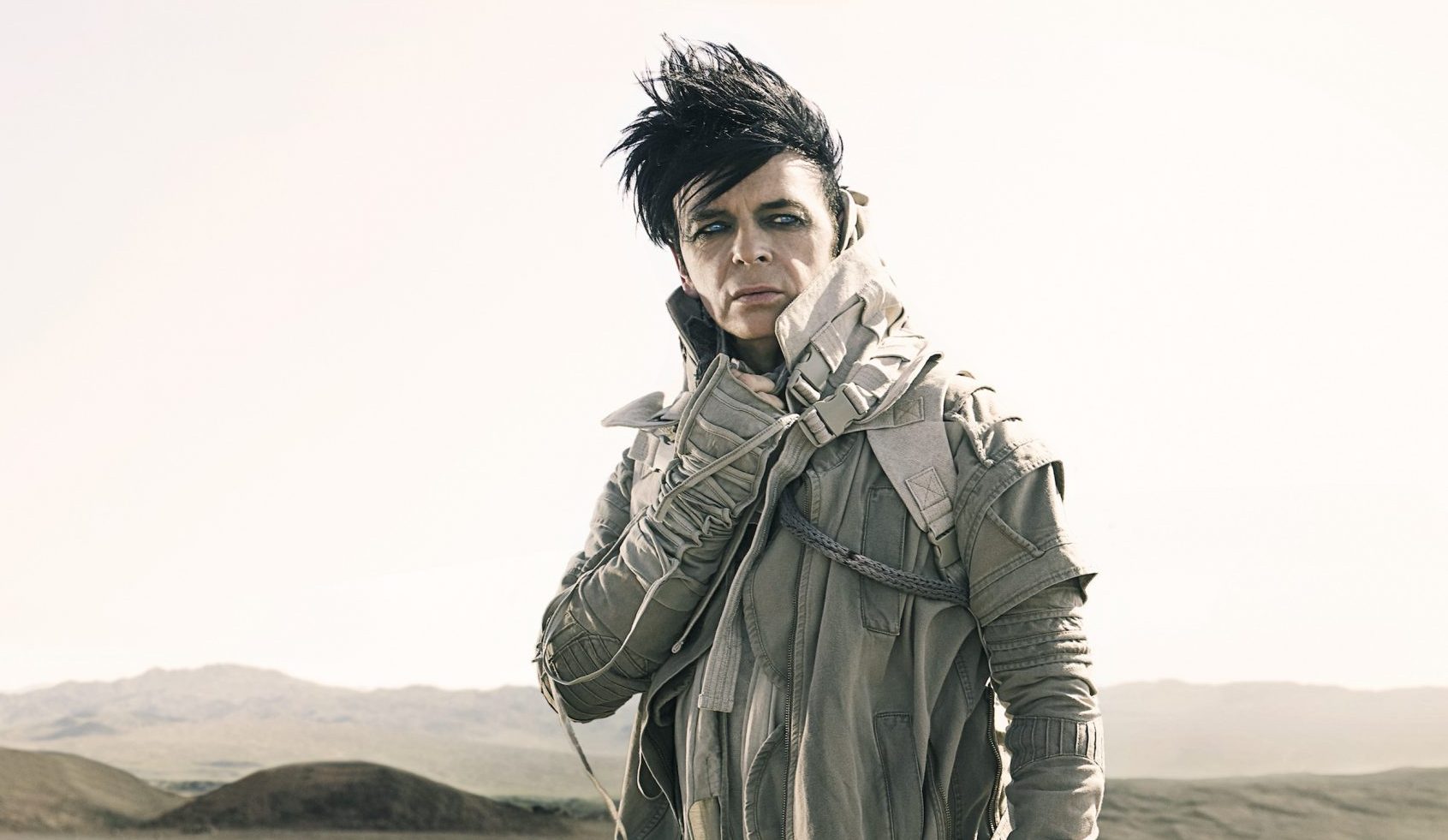
This was affirmed by the album, The Pleasure Principle, and its transatlantic hit, Cars, heralding a period of omnipresence during which Numan was hardly ever out of the charts or off our TV screens.
Critics ridiculed him for adopting a Bowie-esque alien persona – itself an alter-ego devised “to get through performing”, according to the singer. “It was a way of me hiding a very fragile and shy personality. I created a disembodied self.”
Meanwhile, his devotees formed an army of “Numanoids”, who stayed true to their leader throughout a disappointing run of album releases which lasted until the mid-90s.
During this period Numan radically shifted direction towards a harder, darker sound, perfectly encapsulated on 1994’s Sacrifice, an inspirational tour-de-force for industrial heavyweights Nine Inch Nails and Marilyn Manson, along with Foo Fighters, The Prodigy and Afrika Bambaataa.
Indeed NIN’s Trent Reznor hailed Numan as the creator of industrial music.
Despite early commercial success, critical acclaim has been a long time coming. But in recent years, Numan has been garlanded for pivotal role in the electronic revolution, including a 2015 Q Award for Innovation In Sound and a 2017 Ivor Novello Inspiration Award.
The must-have albums
TUBEWAY ARMY, 1978

OK, not really a Gary Numan album per se, but then who’s going to argue the toss when he wrote all the songs, sang, played guitars and keyboards, and produced?
Tubeway Army is laden with post-punk and rock nuances, particularly on the likes of My Shadow In Vain and Friends.
There are, however, signposts to the electronic future on Listen To The Sirens and Are You Real?, the former featuring regularly in live sets during his halcyon years.
The sonic fingerprints of David Bowie, Roxy Music and Lou Reed are evident here, while lyrical influences are derived from authors William Burroughs and Philip K. Dick, not least on the aforementioned Listen To The Sirens, which cheekily poaches the opening line of Dick’s sci-fi novel, Flow My Tears, The Policeman Said.
The diverse subject matter of the songs includes masturbation (Everyday I Die), drug addiction (Jo The Waiter), amity with automatons (Steel And You) and what would later become a Numan staple, espionage (The Dream Police). Overall, plenty to suggest that once the boy accepted his alien identity, he would indeed go far.
- Read more: Gary Numan interview
REPLICAS, 1979
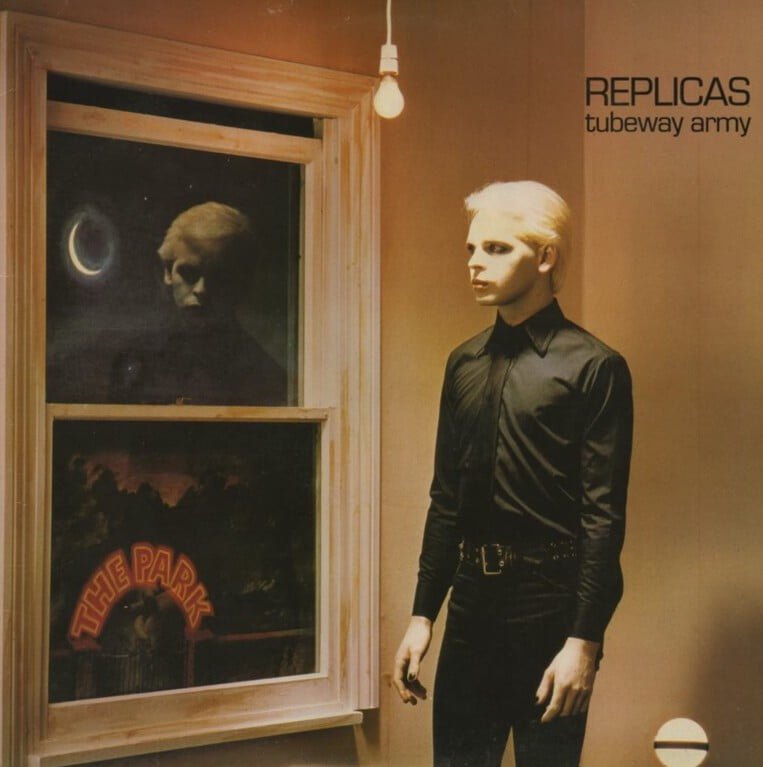
Replicas was Numan’s second and final album under the Tubeway Army moniker, the beginning of what he described as the machine phase of his career.
A dystopian concept apparently based on a fictional work he never quite got round to finishing, many of the tracks are set in a future metropolis where androids with cloned human skin, known as Machmen, keep the general public submissive on the orders of the, ahem, Grey Men, a coalition of shadowy figures.
Similarities to the politicians in power, either then or now, and their media quislings are purely coincidental. Musically, there are echoes of Ultravox circa John Foxx and the mighty German electronic pioneers Kraftwerk, while Numan’s Bowie fixation shows no sign of letting up.
The chart-topping single, Are ‘Friends’ Electric?, and the scary Down In The Park remain two of his finest moments. The latter was covered by both Marilyn Manson and Foo Fighters, and the former was co-opted by Sugababes for their own 2002 No.1, Freak Like Me.
The iconic cover, featuring a bleached blond Gazza reflected under a crescent moon, added to the concept and mythology.
THE PLEASURE PRINCIPLE, 1979
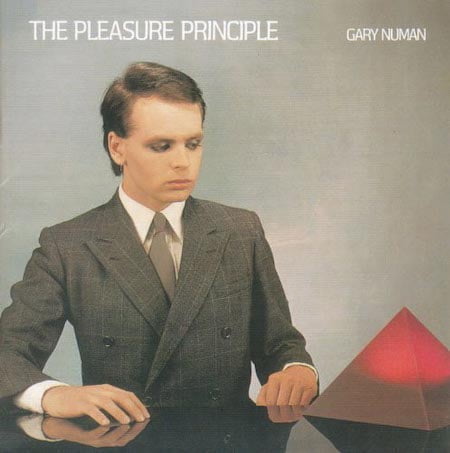
The transition from the new wave of Tubeway Army to the new weird of Gary Numan is made complete.
Grubby guitars are dispensed with in favour of synthesizers, occasional piano, viola and Ultravox moonlighter Billy Currie’s violin. The redoubtable Cedric Sharpley ramps up the rhythm, pounding the skins with the violent gusto of a droog on Metal and M.E. (the latter was sampled by Basement Jaxx for Where’s Your Head At?).
Numan augments the Minimoog employed on Replicas with its sibling, the Polymoog, especially the Vox Humana, flanging, phasing and reverb presets. The album’s big hit, Cars, gave him his second No.1 at home and his biggest success Stateside, where it peaked at No.9.
The eerie Complex, conveying a paranoia that could easily be construed as authentic first person narrative given how much Numan was loathed by the music press and how coveted he was by obsessive fans, was another Top 10 triumph.
Critic Robert Christgau claimed The Pleasure Principle was where: “metal machine music goes easy listening”.
TELEKON, 1980
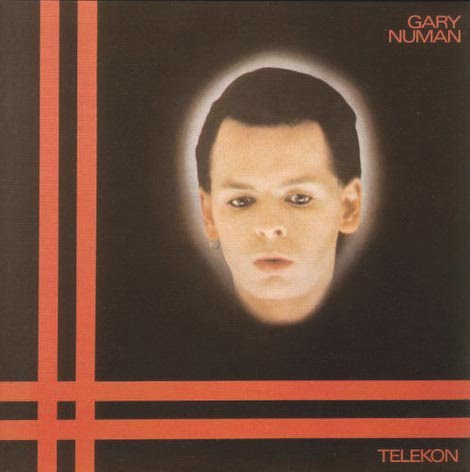
After the artificial soundscapes of The Pleasure Principle, Numan goes organic – to some extent, at least – on Telekon, shouldering his axe and plugging in.
The synth textures are more expressive and expansive, as he adds the ARP Pro Soloist, Roland Jupiter-4 and Yamaha CP-30 to his armoury – the nerds will understand.
There’s even a brief flirtation with funk of sorts on Remind Me To Smile, incongruously a snapshot of how bloody miserable the whole fame game was (“Reconsider ‘fame’/ I need new reasons/ This is detention/ It’s not fun at all”).
But for the most part it’s more of the same exploration of dystopia conceptualised on Replicas and The Pleasure Principle, epitomised by the title track and I Dream Of Wires.
Once again the cognoscenti may have sneered, but not even they could prevent Telekon from going straight to the top of the album chart on its first week of release.
And in later years, Trent Reznor citied it as a pivotal work in his own artistic evolution, claiming to have listened to it every day while making Nine Inch Nails’ debut studio album Pretty Hate Machine.
Best of the rest
Dance, 1981

“If I was supposed to be a pop star doing music for the masses, it probably wasn’t the right thing to do,” Gary Numan said several years after the release of Dance.
Well, the masses may have been confounded, but others – including this writer – delighted in his embrace of ambient jazz textures on this, his third solo studio album. The first side is pure minimalism, with Slowcar To China and Cry, The Clock Said each exceeding the nine-minute mark.
He still had an ear for a hit single, with She’s Got Claws peaking at No.3 in the UK.
Among the guest players was Japan’s Mick Karn on saxophone and that unmistakable fretless bass, Queen drummer Roger Taylor and the brilliantly monikered Canadian musician Nash the Slash.
The robots are conspicuous by their absence, with many of the songs predicated on tragic sexual relationships.
- Read more: Synth-pop – the rise of the machines
I, Assassin, 1982
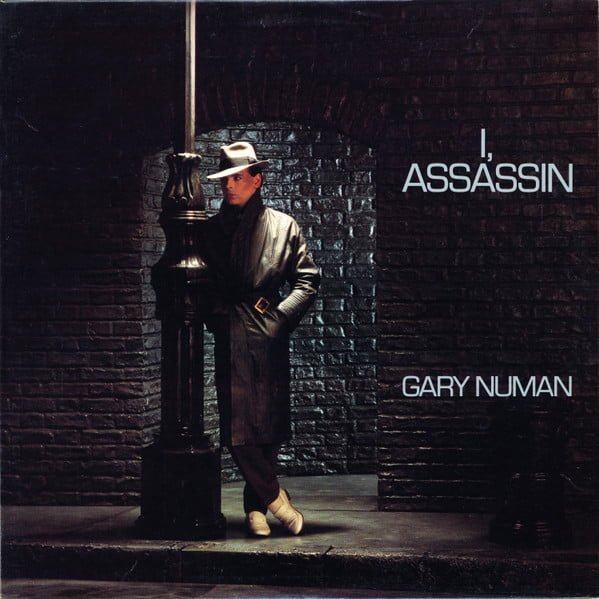
The template established on Dance is evolved further on I, Assassin, Numan propping up a lamppost on the cover like a sinister Frank Sinatra.
His fixation with the fretless bass continued, though Karn was supplanted this time out by Pino Palladino (who would go on to play with Paul Young, Elton John and Phil Collins).
Numan enthused of the Welshman, “He was brilliant. I never heard playing like it. He came up with stunning basslines, song after song. I leaned on him heavily during the making of the album.”
Consequently, I, Assassin is Numan’s most fluid and funky collection, augmented by heavier percussion and underpinned by a more subtle use of electronics.
Three songs; Music For Chameleons, We Take Mystery (To Bed) and White Boys And Heroes were released as singles – We Take Mystery… would prove to be his final appearance in the Top 10.
Berserker, 1984
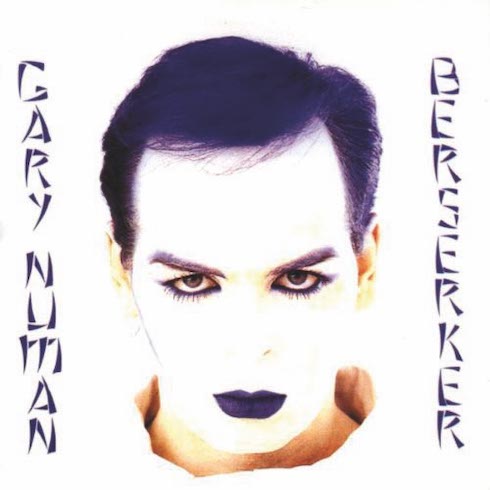
Liberated from Beggars Banquet, Numan decided to create his own label, Numa Records, in order to assert complete control over his career.
Berserker – named after a series of sci-fi novels by Fred Saberhagen – was his maiden release. Its aggressive pseudo-metal riffs hint at the industrial metamorphosis Numan would undergo in the 90s, while thematically the songs were: “about being something, or part of something, fictional.
Something that was dreadful, powerful, unstoppable. Something almost alien from what you’re used to, which is coming your way. I was trying to create a feeling of only half-guessed-at menace.”
Despite his avowed atheism, the God entity makes several appearances, while on A Child With The Ghost there’s a poignant tribute to former bassist Paul Gardiner, who died in February 1984 from a heroin overdose.
Sacrifice, 1994
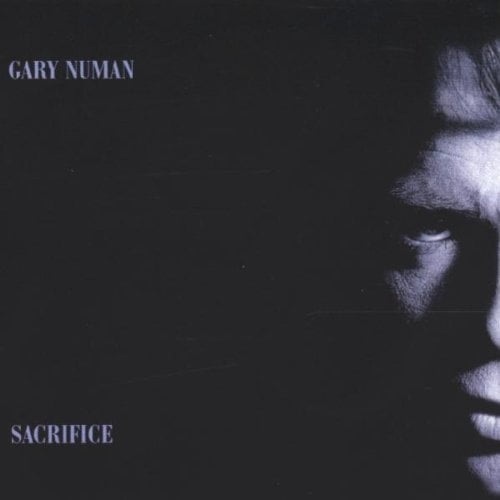
The one on which Numan finally abandons all aspirations of penetrating the mainstream again, and goes rogue – in a good way.
Credit for the change in attitude and the revolutionary sonic shift belonged to his wife, Gemma, who urged him away from attempting to recreate a past that had once pointed to the future.
A number of tracks reflect the singer’s antipathy towards religion, a stance that had been noted in isolated songs from early in his career.
“I just went right back to the way I was when I was a teenager, first time writing songs, with all the enthusiasm for it,” he said in 2000.
What emerged from this artistic reincarnation was an album cited as an epiphany by Nine Inch Nails, Foo Fighters and Marilyn Manson, and hailed by previously sceptical critics.
- Read more: Top 20 heroes of synth-pop
The essential singles
ARE ‘FRIENDS’ ELECTRIC?, 1979
An unlikely chart-topper given that, by Numan’s own admission, it has “no recognisable hook-line whatsoever”, but disputably his apotheosis. Nothing sounded like Are ‘Friends’ Electric? then, and nothing sounds like it now.
Clocking in at more than five minutes, it is almost unbearably paranoid – that image of the “…man outside/ In a long, grey hat, smoking a cigarette” evokes the Stasi and KGB era of the Eastern Bloc a decade before the Berlin Wall came tumbling down.
Compounding the weirdness here is both an instrumental break and spoken word section – neither of which have any place in pop land! – and subdued, near catatonic vocals.
The story goes that Numan happened upon synthesizers by accident – intending to record a punk album, he noticed a Minimoog that had been left lying around in the studio.
CARS, 1979
“This was the first time I’d written a song with the intention of, ‘Maybe it could be a hit single’. I was writing it before Are ‘Friends’ Electric? happened,” Numan revealed in 1985. And like Are ‘Friends’ Electric? its commercial success was curious.
There is no discernible chorus, only a verse, instrumental break and bridge, with no vocal at all for the final two minutes. When he sings: “Here in my car/ I feel safest of all”, Numan is singing from the perspective of someone traumatised by an incident of road rage.
“I was in traffic in London once and had a problem with some people in front. They tried to beat me up and get me out of the car. I locked the doors and eventually drove up on the pavement and got away from them.”
In the UK charts, it reached No.1 in 1979 and was usurped by The Police’s Message In A Bottle.
DOWN IN THE PARK, 1979
The debut single from Replicas, with its gloriously haunting melody line, crystallises the album’s dystopian sci-fi concept.
Set in a futuristic park, androids with human skin – alias Machmen – and machines rap and kill human beings to entertain spectators and their numerically-named robotic friends.
You get the sense that JG Ballard and Philip K Dick would have approved. The song was the first composed by Numan on synthesizer and indeed the first release to feature the electronics that would become his trademark.
It has long been a mainstay of his concert performances – check out the sublime piano introduction on the live document, Living Ornaments ’80 (or even better yet, the entire piano version on the flipside of the 1980 single, I Die: You Die) – and has been covered by Marilyn Manson and Foo Fighters.
COMPLEX, 1979
The paranoia and isolation that punctuated Numan’s early material was indicative of his then-undiagnosed Asperger’s Syndrome.
He had a tough time relating to people, as illustrated by Complex with its petition: “Please keep them away/ Don’t let them touch me/ Please don’t let them lie/ Don’t let them see me”.
He said in 2006: “When I was younger, there were a lot of misunderstandings because I didn’t know how to deal with people. I’d do something that was perfectly understandable to me, but people found offensive.”
Violin and viola dovetail with flanged and reverb synthesizer on an electronic ballad continuing a tradition instituted by Ultravox on Hiroshima Mon Amour and Kraftwerk’s Neon Lights.
The second single to be taken from The Pleasure Principle, the song reached No.6 in the UK chart.
WE ARE GLASS, 1980
Numan decided that, “getting rid of the guitars had been a mistake” on The Pleasure Principle, so they were restored on his next album, Telekon, from which We Are Glass was the first single, reaching No.5.
Numan claimed the idea for the song came from a comment made by a staffer at Omni magazine, a sci-fi publication.
“He said he thought I’d been put here by aliens or something, to carry out a cause, which I thought was flattering but a little silly. I wrote We Are Glass because of that – like, all pop stars are put here for reasons.”
The B-side was intriguing, an arrangement of the first movement of Erik Satie’s Trois Gymnopédies that augmented the original piano part with guitar, bass and synthesizer.
SHE’S GOT CLAWS, 1981
Japan’s 1980 album Gentlemen Take Polaroids provided the impetus for Numan to embrace a more euphonically atmospheric style on 1981’s Dance, which includes a guest appearance by the band’s Mick Karn on fretless bass and saxophone. The latter is the lead instrument on She’s Got Claws, a track about the betrayal of a former lover.
“She thought she could make an awful lot of money out of saying what it was like to be with me for six months,” said Numan. Oh, dear – there’s nothing deadlier than an artist who’s been shafted.
His brother, John, is credited with providing the groovy handclaps on the single, which was the only release from Dance and another Top 10 hit.
Want more from Classic Pop magazine? Get a free digital issue when you sign up to our newsletter!


